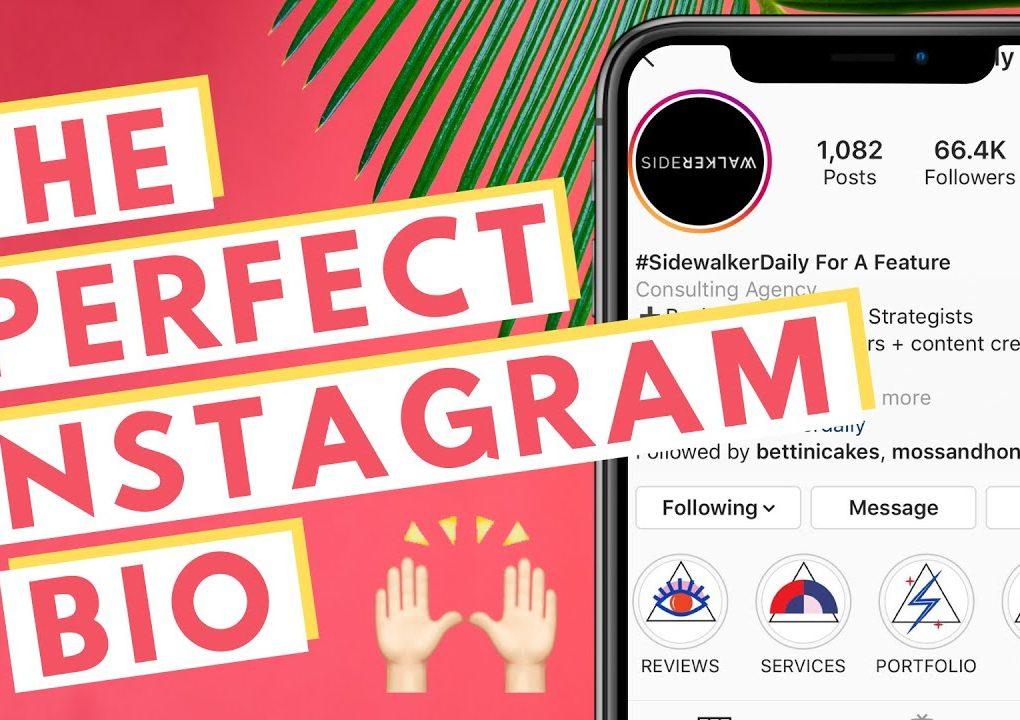Minimum Viable Product
A minimum viable product, also known as MVP, is a product development with just the most important features that address the needs of the customers.
MVP is developed to be useful and marketable to the real consumers to provide quality customer feedback so the developer can improve and make further development.
The main goal of developing a minimum viable product is to quickly test a product hypothesis with minimal effort and resources and to learn as much as possible about customers and their needs.
By focusing on a small set of core functionalities, startups and innovators can get their products to the market quicker, and begin to collect feedback on how to improve the product.
This helps businesses to reduce the risk of developing products that fail a product that nobody wants, and it helps them gather the resources and knowledge they need to build a more successful product in the future.
Merits of Minimum Viable Product
There are some benefits of adopting the MVP approach to product development.
Fast product penetration into the market
By developing the main features of a product only without compromising usability and scalability, such a product can be launched much faster than a fully-featured product.
This helps businesses to get their product in front of the target customers easily and timely, and you begin gathering feedback sooner for further development.
Reduced development costs
MVP requires fewer funds, effort, and other resources to develop, which means lower upfront costs and lower risk.
You can get early customer feedback
A minimum viable product approach allows businesses to gather feedback on their products from early adopters, which can help in the future development of the product.
Ability to pivot
Also, the MVP method of product development allows innovators and startups to test different product hypotheses and pivot quickly if necessary.
Therefore, you can be able to manage your capital, time, and other resources effectively, and not fund a product that isn’t viable.
Validation of product-market fit
Minimum viable products can help product developers determine whether there is a market demand for their product or not, and whether the product meets the needs of that market or not.
This is very important for the long-term success of the product.
Demerits of Minimum Viable Product
Understanding the Value of features
At the time of MVP development, defining core features is difficult without adding more features.
Most of the time, MVP development includes spending resources on unnecessary features.
Therefore, it may be possible that the simple feature set does not properly represent the product value.
Your product has limited features
Since you’re focusing on the core features of the product, your product is already getting into the market with limited features, therefore, it may not have all the features that customers want or expect.
This could lead to disappointment, and the product may not be well accepted by target customers.
Also, it could cause a negative brand perception, especially if your MVP is buggy, and lacks adequate features, and it may be difficult to attract more customers in the future even when the product is fully developed.
Limited customer feedback
One of the main goals of a minimum viable product is to gather customer feedback on the product, however, there’s a limitation to the volume of feedback you can get unless the product is massively promoted
Your MVP may not generate enough data that’s accurate and reliable to develop the product in line with the market demands and needs.
Perfect design
When more focus is put on design, the customers may face issues regarding functionality and usability.
So, spending more time on getting perfect designs illustrates the disadvantage of minimum viable products.
Risk of pivot
While a minimum viable product can pivot, constantly pivoting can also be disruptive and may make it difficult for the business to gain traction.
Non-scaling technology stack
Most of the time, developers think that MVP is a basic version of the product.
Due to this, they select to use a technology stack that does not permit the scaling of the project shortly. Thus a complete redesign may be required due to the conversion of MVP into a feature-rich product.
It can drain your resources
While you don’t have to invest huge capital in developing a minimum viable product, constantly redesigning and launching your MVP can be resource-intensive, and may not be sustainable in the long run.











